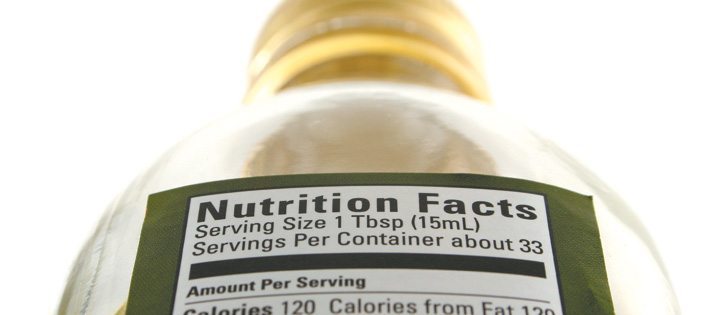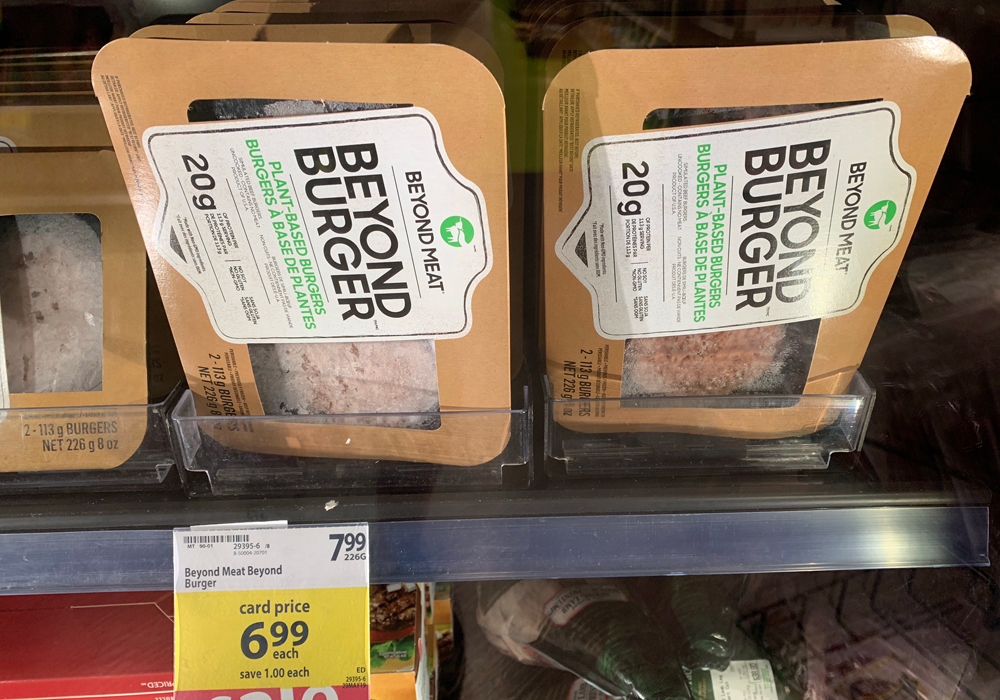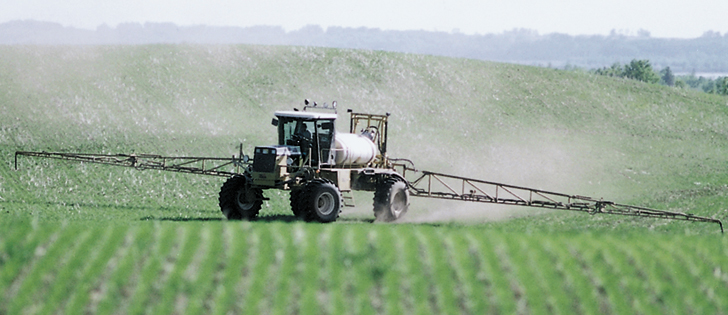Food manufacturers aren’t necessarily trying to dupe consumers when the nutritional information accompanying a food product doesn’t match the actual contents of the package.
A number of factors can create that gap, but it behooves manufacturers to provide due diligence and ensure accuracy, says Anne Kennedy of Agriculture Canada’s food regulatory issues division.
“It doesn’t matter if you’re a teenage girl or a food manufacturer. Once you’ve lost your reputation, you don’t get it back,” she told a recent industry workshop on food claims and labelling organized by Saskatoon’s BioAccess Commercialization Centre.
Read Also

Fuel rebate rule change will affect taxes and AgriStability
The federal government recently announced updates to the fuel rebates that farmers have been receiving since 2019-20.
Recent media reports have exposed major Canadian food brands for having misleading labels, reporting inaccurate nutritional information or boasting untrue health claims.
Kennedy said consumers should expect further exposes from non-government organizations.
“If (consumers) perceive you as inaccurate, then they won’t buy your product and they will tell all of their friends why they aren’t buying the product.”
Rules and regulations regarding claims and labelling are set and enforced by Health Canada and the Canadian Food Inspection Agency, which conducts its own spot checks for accuracy.
Kennedy supports label statements, such as “heart healthy” and “cholesterol free” claims, because health conscious consumers and industry find them beneficial.
“There are direct implications for the farmer because as we position more products as healthy … then hopefully there will be a greater demand for those products in the marketplace.”
Oats are a good example, she added.
However, Kennedy said consumers looking at labels need to understand how they are constructed.
“There’s an expectation that the values on the nutrition facts table are 100 percent correct and like everything else, there’s a range of tolerance, so that there is some wiggle room for natural fluctuations.”
Nutritional information for processed food can change if the manufacturer changes a supplier, its recipe or other inputs. Whole food is affected by seasonal growing conditions.
“There are legitimate reasons why there is variation in labelling,” she said.
“However, manufacturers also need to be responsible and make sure that their label is within that tolerance range.”
Kennedy works with new companies and organizations that are bringing a product to market for the first time, mentoring them through the process and helping minimize delays they may encounter as they seek regulatory approval.
And the rules are changing.
Health Canada recently an-nounced it will classify and move all “food-like” natural health products, such as energy drinks, to the same regulatory framework as food products.
Another change alters the definition of dietary fibre, which requires labels to be updated to be in compliance.
“I’m not really concerned about all the regulations. Most of them are good, as long we don’t ramp them up too much,” said cherry grower Bruce Hill of Hill Berry Acres in Imperial, Sask.
He has to be mindful of on-farm food safety in his own operation. Regulations cover everything from the kind of paint on his walls to conditions that may spread mould.
“We can do that on our farm, but we need to also be able to assure people as it goes through the system that it’s food safe,” he said.
While reports of inaccurate labels can be alarming, Kennedy said it’s too soon for consumers to lose confidence.
“I think they all eat the same food that we do, so they’re doing the best they can,” said Kennedy. “Can they do better? Absolutely.”















